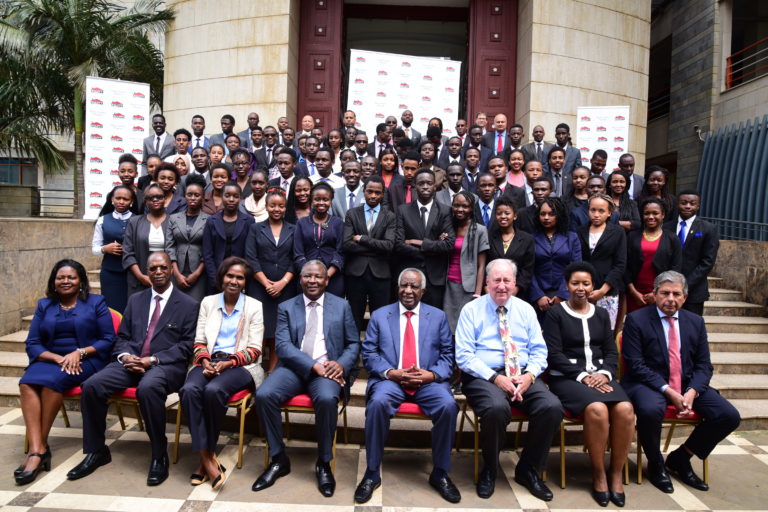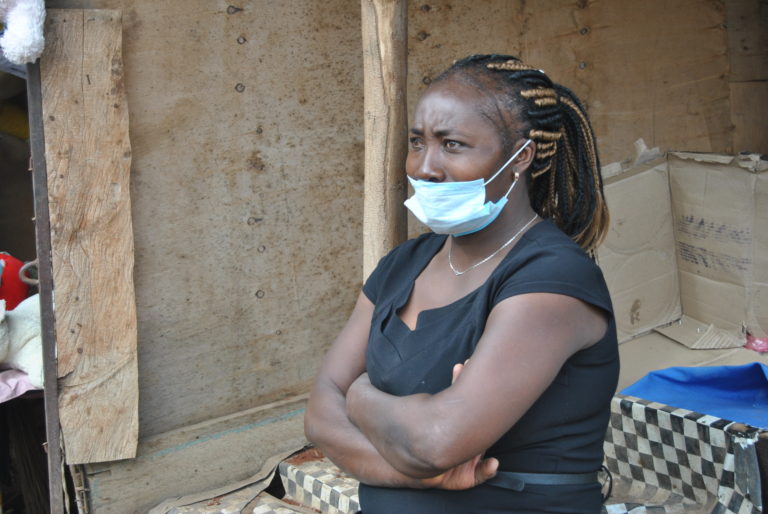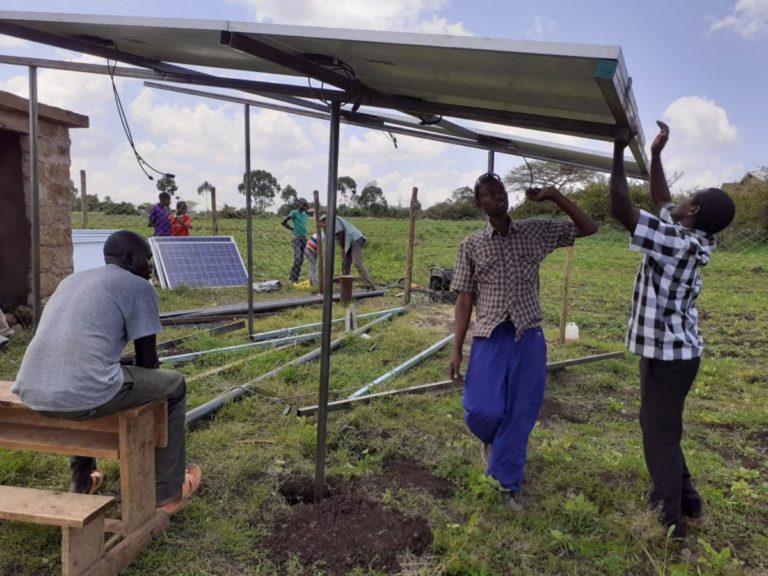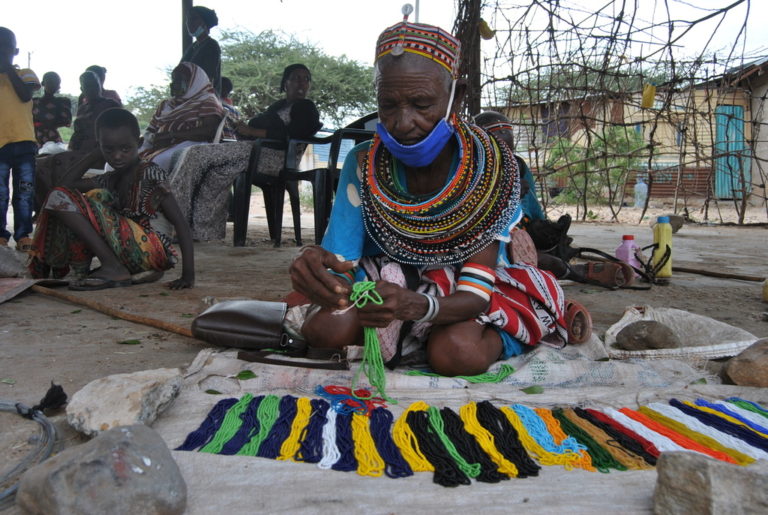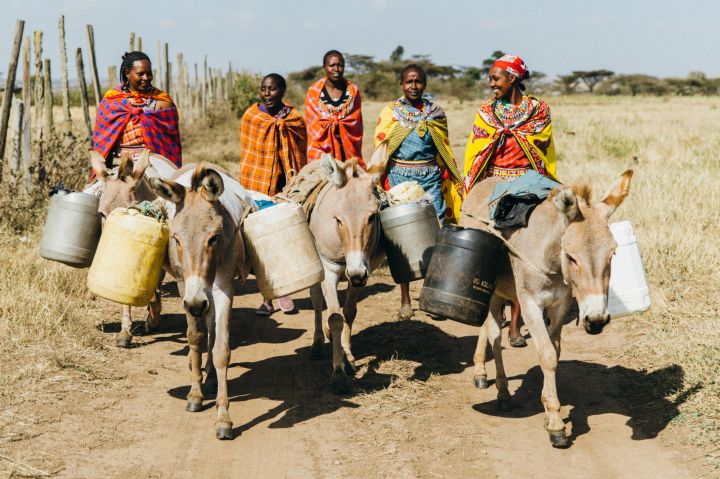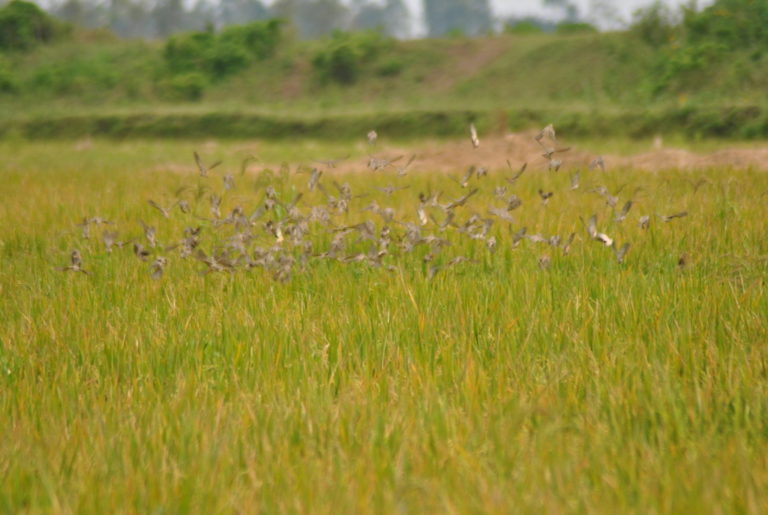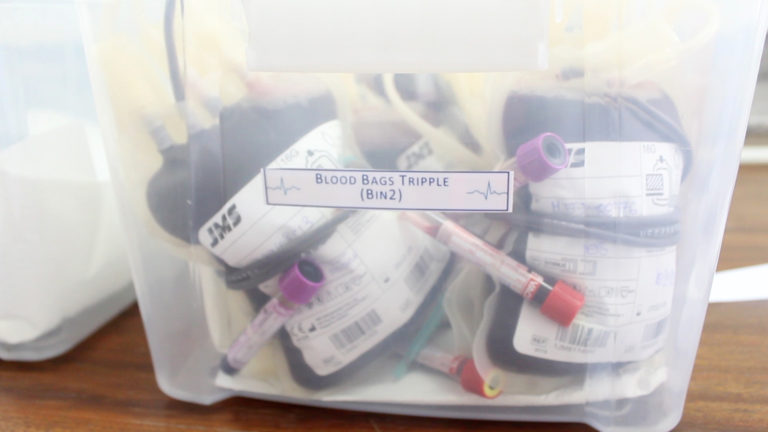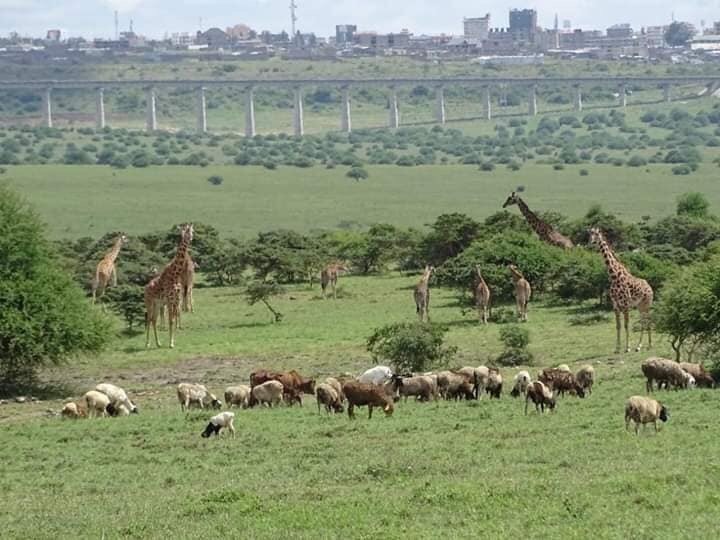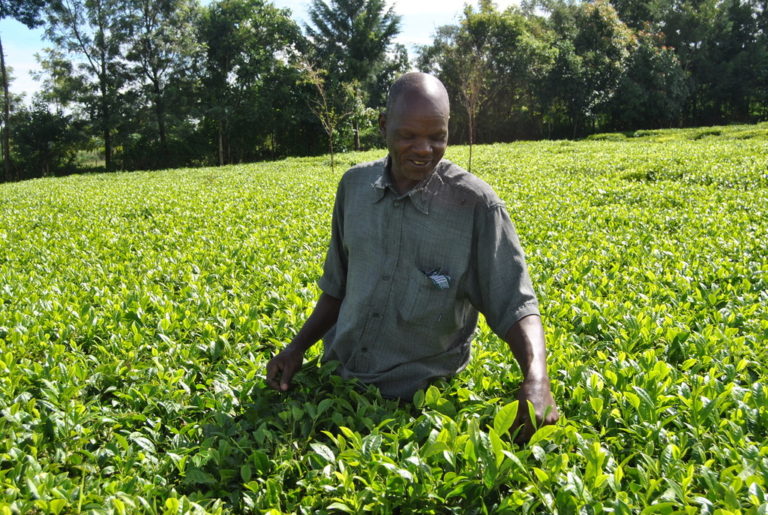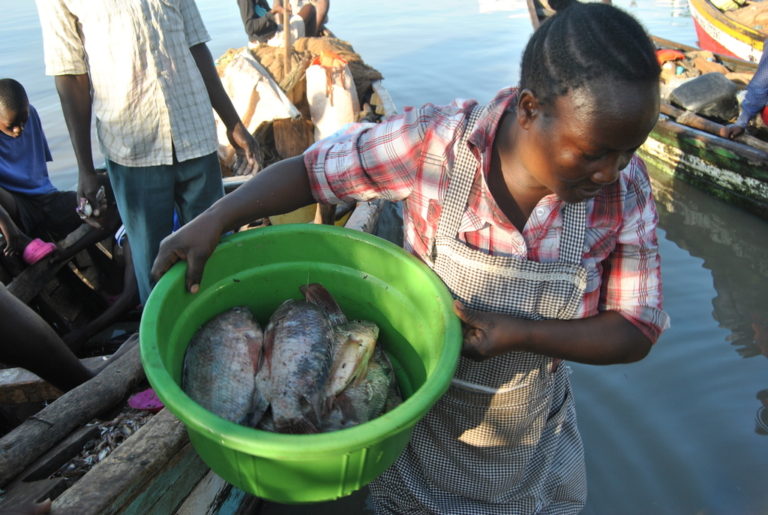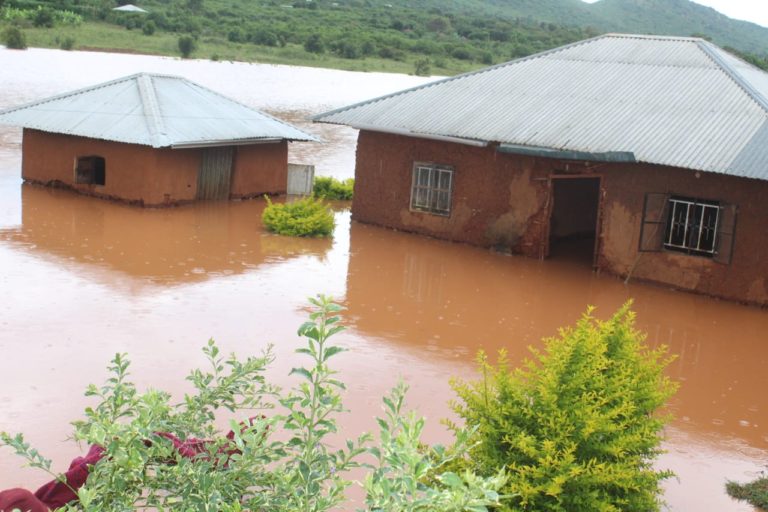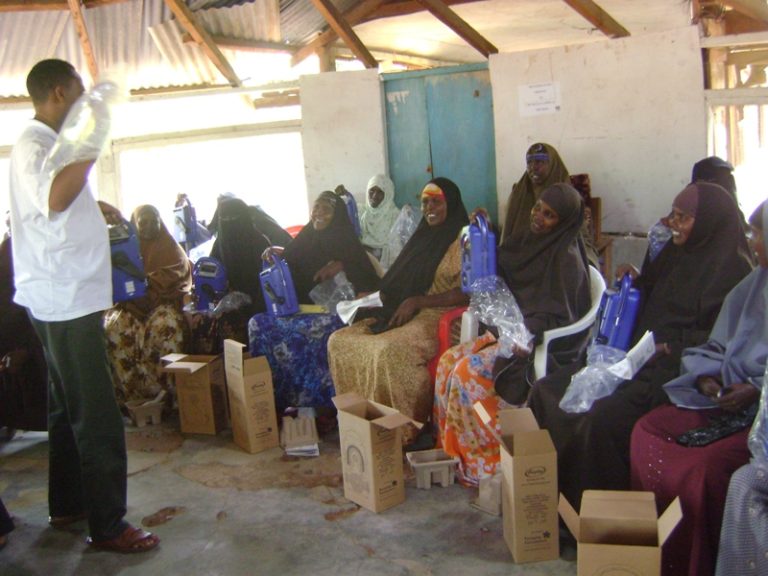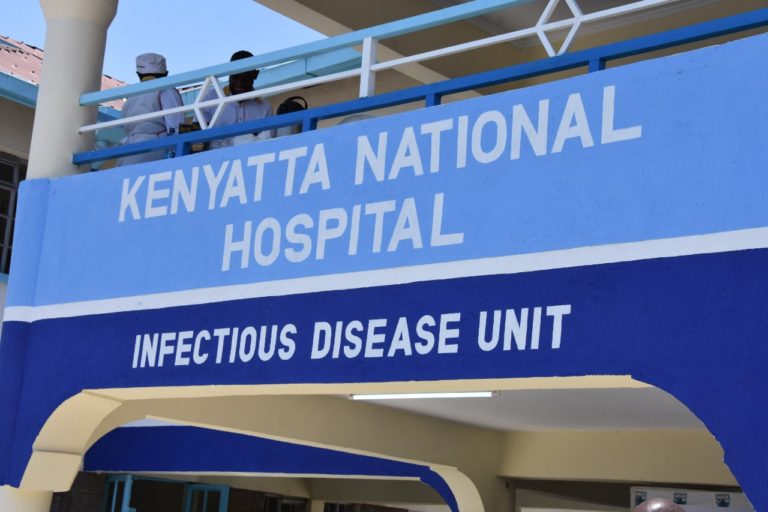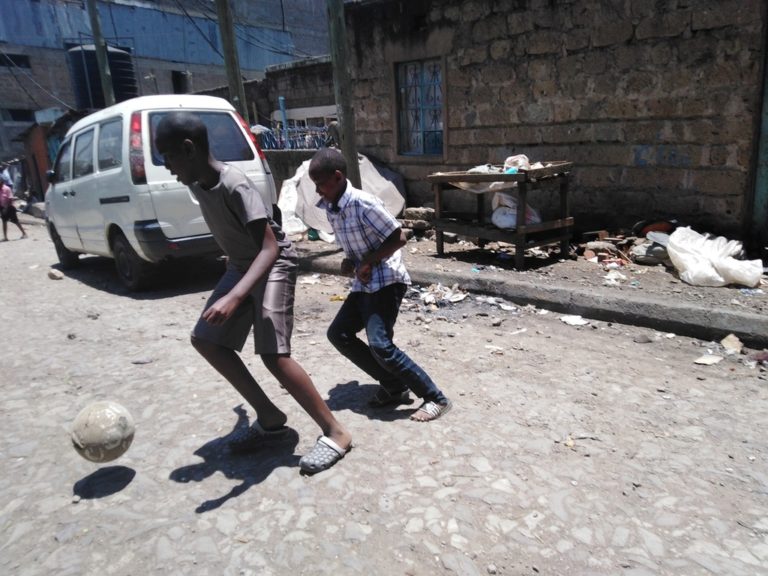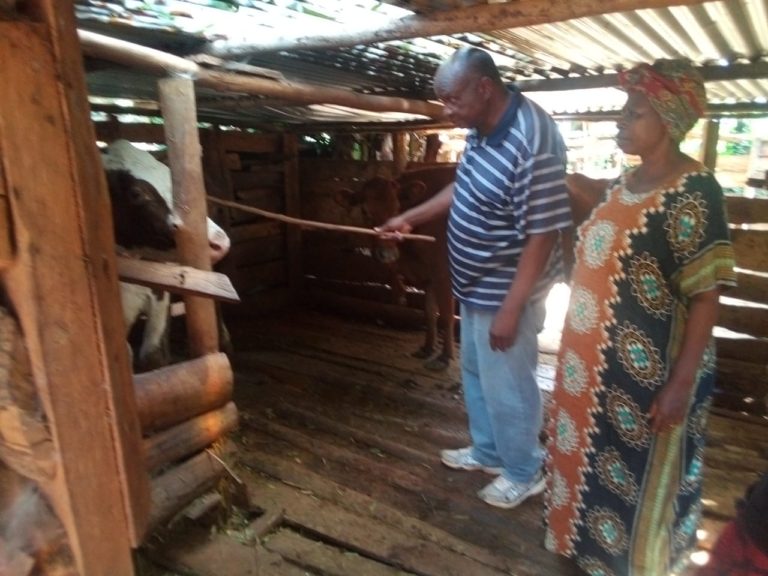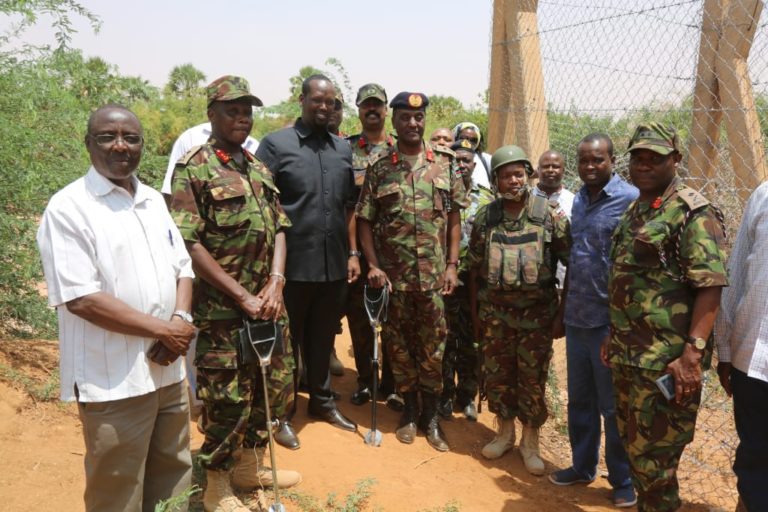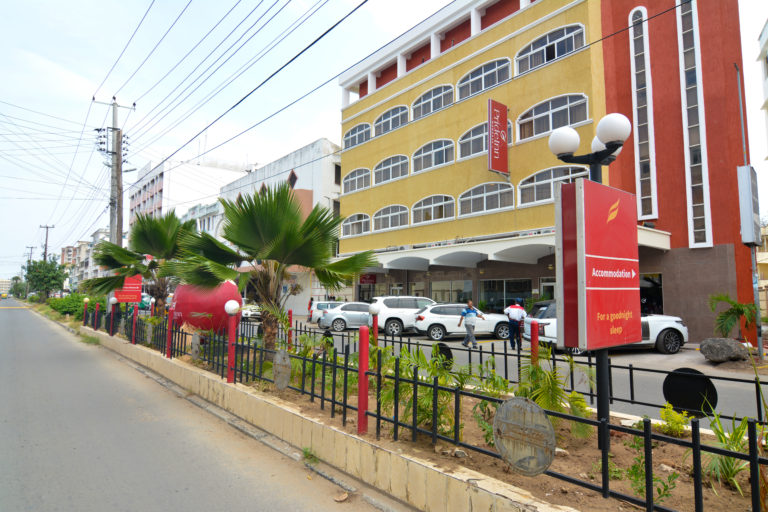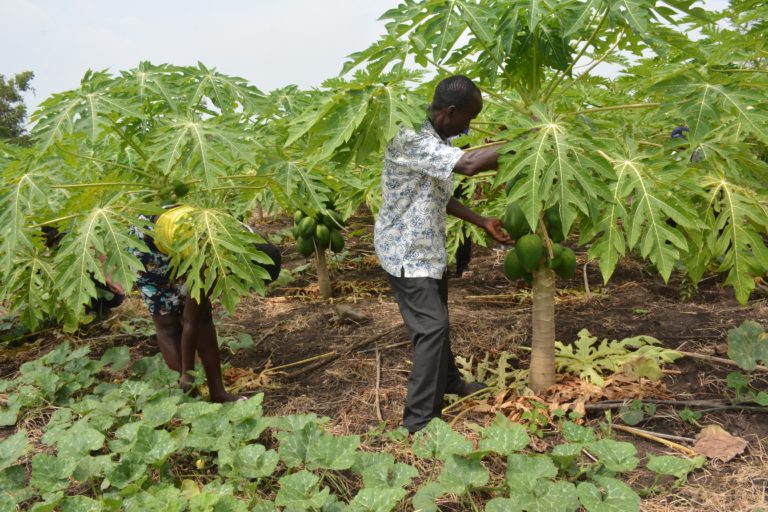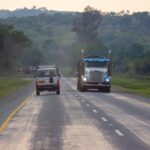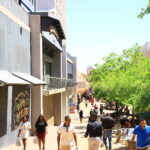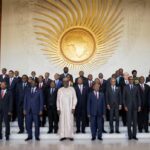On a cool Sunday evening in Nairobi’s Roysambu estate, Mary Wanjiru stares away from the balcony of her apartment. She then narrates how she thinks she made a mistake going through the Kenyan education system all through to achieving her Bachelor of Arts in Education.
“That was just a mistake, I never wanted to be a teacher in the first place but the education system here forced me into it after I passed my secondary school education and was supposed to go to university. The government had placed me in the university and chosen a course for me,” the 24-year-old said.
Wanjiru has just been awarded a student’s visa for a scholarship at a university in the United States and is awaiting her flight date to go away for studies there. She is going for her second degree in Nursing; a profession she says has always been her best choice.
However, Wanjiru is just an example of many such students in Kenya who are leaving the country for studies abroad, after which they settle and work there or in another country in Europe, Canada, Australia, or Asia.

When he visited Kenya as US president in July 2015, Barrack Obama in one of his speeches pointed out that a young Kenyan should not have to do what his father did in search of an education and that the education in Kenya should be able to provide all that one is going to look for thousands of miles away.
“A young, ambitious Kenyan today should not have to do what my grandfather did and serve a foreign master. You don’t need to do what my father did and leave your home in order to get a good education and access to opportunity. Because of Kenya’s progress, because of your potential, you can build your future right here, right now,” Obama said.
But that is still the case. Several decades after Obama senior left Kenya on a mission to find an education in America, Kenyan students still follow his footsteps.
Winnie Wanzetse, a development economist based in Nairobi says that migration of Kenyan students to Europe and the USA dates back to the 1960s. Currently, at least 30,000 students leave the country every year to pursue further studies, with an estimated 80% retention capacity for the host country.
“They leave in search of better quality education as compared to that available in their home country. USA, Australia, UK, Canada, and New Zealand have been the most aggressive countries in recruiting international students. They, in turn, benefit greatly from the revenue earned, as higher education has become a major global export commodity,” she highlighted.

And all too well, according to Wanzetse, these Western countries also know that these students need a package that they can hardly refuse so they can be able to accept and move.
“To make the offer more attractive, these countries offer a partial or full scholarship for education; an offer too enticing for many a foreign (and in our case African) student to refuse. Once there, the foreign students get sucked into the motions of the developed world. As a means of supplementing their study costs, these foreign students work odd jobs or work as part-time lecturers (for graduate and postgraduate students) and with time get permanent employment,” Wanzetse noted.
In 2017 alone, Kenya’s Equity Bank scholarship program sent away 73 students to study at different universities abroad. This had brought the number of scholars who had left the country for studies to 400 at the time, with the bank saying that it had cost them Kshs10 billion (USD 100 million) since it began.
Speaking during the send-off ceremony, Equity Group CEO and Executive Chairman of Equity Group Foundation Dr. James Mwangi advised the scholars to focus on an academic pursuit, leadership training, networking, and global transformational exposure in order to excel in their respective academic areas.
“In each of us there is a seed of leadership and greatness that needs to be nurtured and that’s what the program seeks to achieve. You will be exposed to numerous opportunities to build global networks and experiences. These experiences will shape your mindset and set you on a path to influence your community and society contributing to the socio-economic transformation of our country. The ELP program is in line with Kenya’s Vision 2030 of transforming Kenya into a globally competitive middle-income economy,” Dr. Mwangi said.
The Equity Leaders Program (ELP) starts as a transition pre-university program from the successful Wings to Fly Secondary School Scholarship Program for bright gifted but financially challenged children executed by Equity Group in partnership with The MasterCard Foundation with support of USAID, UKAID and the German Development Bank (KfW). The Bank also selects the top-performing students in all the counties who are also absorbed into ELP. By 2017, 5,060 scholars had been enrolled in ELP with 2,343 drawn from the Wings to Fly Program.

Some of the top universities the 73 scholars joined that year included Princeton, Yale, Amherst, Duke, University of Pennsylvania, Columbia University, University of Toronto, Michigan State University, University of Edinburg, Carnegie Mellon University, among others.
At Nairobi’s Zimmerman estate, Carol is also preparing to fly to her new university in Europe. She has just received her admission letter, a student’s visa, and an air ticket to Hungary to further her education. She cites a broken system and a lack of opportunities in Kenya and says that the West would be a better place to grow.
“I would want to come back here and work, help make things better for my country,” she says. But in most cases, these students don’t come back to work in these African countries but settle and work in the West. In 2017, Equity Bank reported that some students had gotten jobs at different companies in Europe and America.
In January the same year, the Kenyan government, through the Technical and Vocational Education Training Authority (TVETA) convened a conference that brought together government, private sector, academia and development partners to come up with ways of transforming Kenya’s vocational training.

During the conference, it was clear that there was a mismatch between the training and the needs for the job market in the country and there was a need for a system check to ensure that what is taught in Kenyan schools match what is expected of the graduating students in the labor market.
And as Wanzetse concludes, she talks about how African countries fail these students anyway, and the West becomes the only better option for them to settle.
“For some, the chances of employment back home are dim and they end up taking up employment in their host countries. The host countries are eager to tap into this, and they make the most of the situation. Eager to fill up the gaps in their local skillset, they extend even more incentives in the form of favorable immigration policies where students can apply (and are granted) for permanent residency. They go on to attract even skilled personnel by providing incentives like competitive remuneration and a sure chance at a residency. As a result, the African Union estimates that about 70,000 skilled professionals emigrate from Africa every year to developed countries,” she says.

